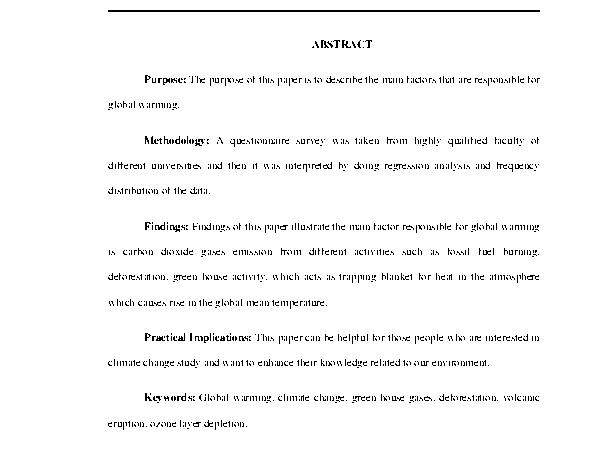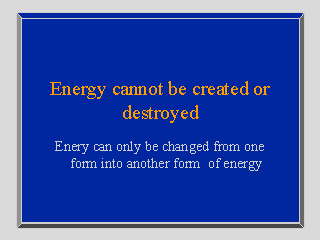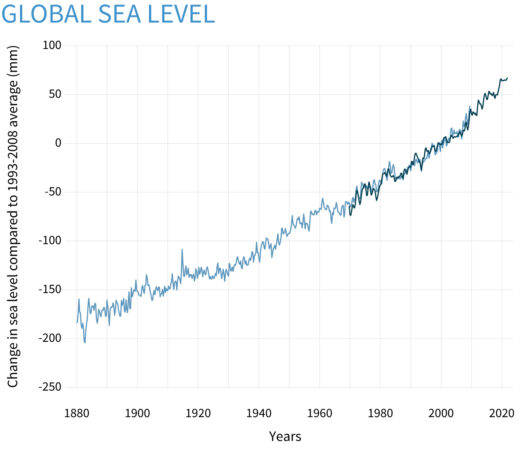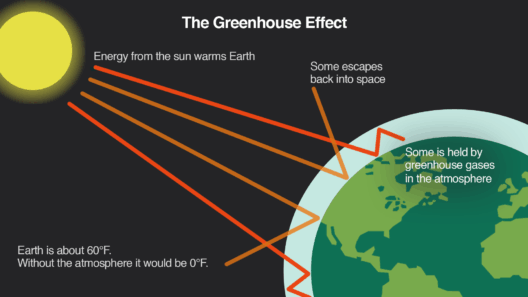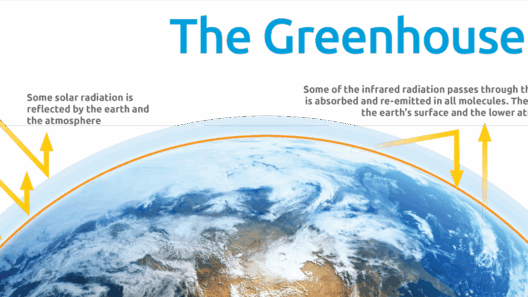The greenhouse effect, a phenomenon crucial to the Earth’s climate system, has garnered attention for its role in global warming. As a society, we often find ourselves pondering an intriguing question: What are the underlying factors propelling this environmental crisis? Tackling this subject requires a multifaceted investigation into both natural processes and human activities. This exploration not only sheds light on the urgent challenge we face but also inspires a sense of urgency to act.
Understanding the greenhouse effect is essential. It refers to the warming that occurs when the Earth’s atmosphere traps heat radiating from the planet’s surface. Greenhouse gases (GHGs) such as carbon dioxide, methane, nitrous oxide, and water vapor contribute significantly to this process. In this discourse, we shall delve into the predominant forces behind these gases, their origins, and the consequences of their inexorable accumulation in our atmosphere.
At the heart of the greenhouse effect lies the relentless emission of carbon dioxide. So, where does all this carbon dioxide spring from? It’s imperative to acknowledge the principal culprits: fossil fuel combustion and deforestation. The burning of coal, oil, and natural gas is a staggering contributor to atmospheric CO2 levels. These fuels power our vehicles, heat our homes, and generate electricity. Each time a fossil fuel is ignited, carbon stored for millennia is released back into the atmosphere, pushing the balance of gases toward a precarious equilibrium.
In addition to fossil fuel combustion, the drastic deforestation of our planet plays a pivotal role in stoking the fires of climate change. Trees, often dubbed the lungs of the Earth, sequester carbon dioxide through photosynthesis. When forests are razed or degraded, not only is this vital carbon storage lost, but the carbon that was stored is released, exacerbating the greenhouse effect. The interplay of land use and carbon emissions poses a critical dilemma: How do we reconcile the need for resources with the imperative of reducing emissions?
Moreover, it’s essential to recognize the auxiliary factors that contribute to the greenhouse effect. Agricultural practices, for example, also contribute disproportionately to greenhouse gas emissions. Livestock farming is a noteworthy example, as cows and sheep emit methane—a gas with a warming potential many times greater than that of carbon dioxide. The cultivation and processing of rice, a staple food for billions, likewise produce considerable methane emissions. Are our dietary choices unwittingly igniting the climate crisis?
Yet, while anthropogenic activities play an outsized role in altering our climate, natural factors are also at play. Volcanic eruptions, for instance, release significant amounts of carbon dioxide and even the cooling agent sulfur dioxide. However, these natural phenomena occur at intervals and are not believed to be a dominant force in the sustained rise of atmospheric GHGs observed over recent decades. Instead, as we navigate the relationship between organic processes and human impact, the path forward demands careful analysis.
In this context, consider the role of industrialization. Since the dawn of the Industrial Revolution, human innovation has surged, fundamentally altering production methods and energy consumption. Factories, powered by coal and oil, have released copious amounts of CO2. The rapid advancement of technology, which has been synonymous with progress, has paradoxically ushered in environmental peril. Can we channel our creative ingenuity to devise lower-impact methodologies? Perhaps the challenge is not merely one of awareness but of innovation and adaptation.
In contemplating these varied contributors to global warming, it becomes imperative to recognize the interconnections shared by them. Urbanization, a hallmark of contemporary society, illustrates how population density contributes to greenhouse gas emissions. Cities, often characterized by traffic congestion and energy consumption, exacerbate the climate crisis. As urban centers burgeon, will we be able to pivot toward more sustainable living arrangements? Is a more conscientious way of life possible amidst the cacophony of bustling streets and towering buildings?
The impacts of unchecked global warming manifest in diverse and alarming ways. Melting polar ice caps, rising sea levels, and increasingly severe weather events showcase the harrowing consequences of our actions. Each item in this litany of crises reflects the urgent need to act decisively and collectively. The survival of countless species, including our own, hinges on our ability to reckon with the climate crisis, reorient our priorities, and foster resilient ecosystems.
Thus, what can we do to mitigate the greenhouse effect and combat global warming? As individuals and as a collective society, our efforts can compound into significant change. Transitioning to renewable energy sources, such as solar and wind, can help curtail reliance on fossil fuels. Additionally, advocating for sustainable land-use practices and reforestation initiatives can fortify our natural carbon sinks. Education and policy reform are also fundamental bulwarks against climate change, promoting awareness and fostering a culture of sustainability.
Ultimately, as we navigate the labyrinthine pathways leading us toward a warmer future, our collective response to these pressing challenges will determine the fate of our planet. Each of us holds a piece of the puzzle, and the resilience of our ecological and social systems will depend on our commitment to understanding and mitigating the multifaceted causes of global warming. So, what role will you play in this unfolding narrative? The time to act is now.

